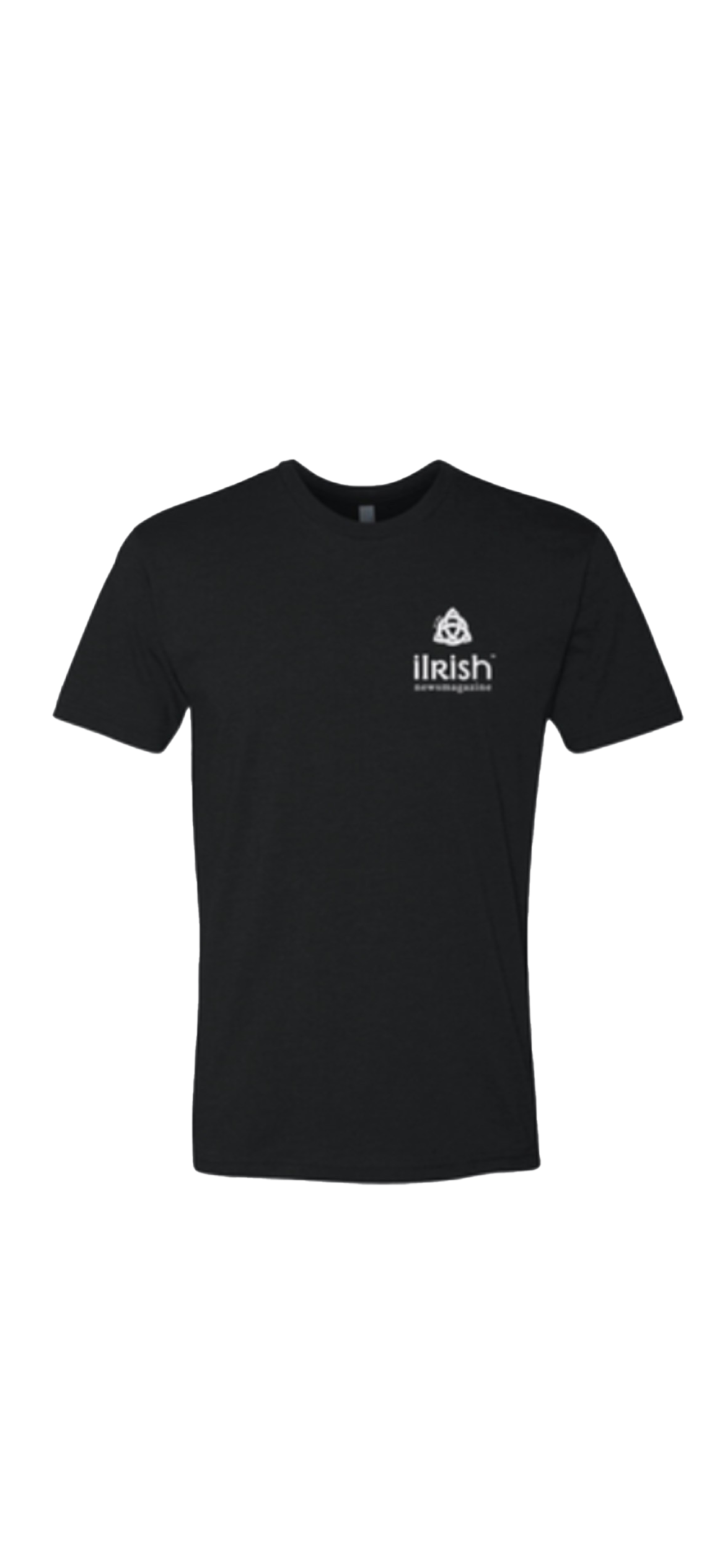Understanding and Managing Cholesterol: A Guide by Dr. Regis
- John O’Brien, Jr.
- September 1, 2024
- Edited 3 months ago
Table of Contents
Understanding Good and Bad Cholesterol
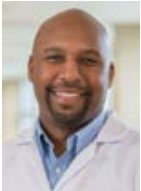 By Deon Regis, MD
By Deon Regis, MD
High cholesterol is something many people have heard about, but they may not fully understand what it means or why it’s a health concern since it is something they have despite it being a pretty common problem. The Centers for Disease Control and Prevention (CDC) reports about 38% of American adults have high cholesterol. The condition increases an individual’s risk of heart disease and stroke, the two leading causes of death in the United States.
What is Cholesterol?
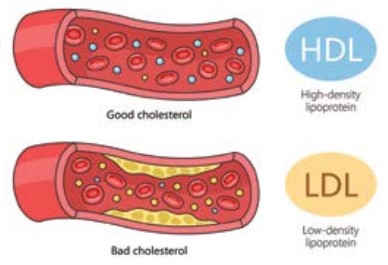
Cholesterol is a compound that circulates in the blood and is vital for cellular function. It plays a significant role in building cell membranes, producing hormones, and aiding digestion. However, not all cholesterol is created equal. Cholesterol is typically categorized into two types:
High-Density Lipoprotein (HDL): Often referred to as “good” cholesterol, HDL helps remove other forms of cholesterol from the bloodstream. Higher levels of HDL are associated with a lower risk of heart disease.
Low-Density Lipoprotein (LDL): Known as “bad” cholesterol, LDL can lead to the buildup of fatty deposits in the arteries, increasing the risk of heart attacks and strokes.
How to Manage My Cholesterol Levels
Diet plays a crucial role in managing cholesterol levels. While about 20% of the cholesterol in your bloodstream comes from the food you eat, the remaining 80% is produced by your body. Therefore, dietary choices are essential in controlling cholesterol levels. I often recommend my patients follow a diet low in saturated fat and high in vegetables and olive oil, which can help reduce LDL levels and provide other heart-healthy benefits.
Foods to include in a cholesterol-lowering diet are:
Fruits and Vegetables: Rich in fiber and antioxidants, they help lower LDL cholesterol.
Healthy Fats: Found in olive oil, avocados, and nuts, these fats can help raise HDL levels.
Lean Protein: Fish, poultry, and legumes are good sources of protein without the high levels of saturated fat found in red meat.
Whole Grains: Oats, barley, and whole-wheat products can improve heart health.
Exercise is another vital component in managing cholesterol levels. Regular physical activity can help raise HDL cholesterol and lower LDL cholesterol. Lifestyle modifications are the cornerstone of therapies for cardiovascular conditions. Aim for at least 150 minutes each week of moderate-intensity exercise, such as brisk walking or cycling. Broken down, that’s just 20 to 30 minutes each day. So, start slowly and build up to help turn a habit into a healthier lifestyle.
When Diet and Exercise Aren’t Enough: Medication
For some individuals, genetic factors can lead to high cholesterol levels that cannot be managed by diet and exercise alone. In these cases, medication may be necessary. Statins are the most commonly prescribed drugs for lowering cholesterol. They work by reducing the amount of cholesterol produced by the liver. Statins are highly effective, but they can have side effects such as muscle aches and elevated liver enzymes. Despite these concerns, the benefits of statins for most patients far outweigh the risks, particularly for those at high risk of heart disease.
The Importance of Routine Screening
High cholesterol is often a silent condition, meaning it typically does not cause symptoms until significant damage has occurred. Therefore, routine screening is essential for early detection and management. Discuss with your doctor how often you should be screened based on your risk factors. By understanding the differences between good and bad cholesterol and taking a proactive, multi-faceted approach to control cholesterol levels, you can significantly reduce your risk of heart disease and stroke. Always consult with your healthcare provider to develop a personalized plan that fits your health needs.
Dr. Deon Regis is a primary care physician, caring for patients at Mercy Health – Oberlin Primary Care. He is a graduate of Oberlin College and Howard University College of Medicine. He completed his residency in family medicine at Mount Carmel Health System and is board certified in family medicine by the American Board of Family Medicine.

